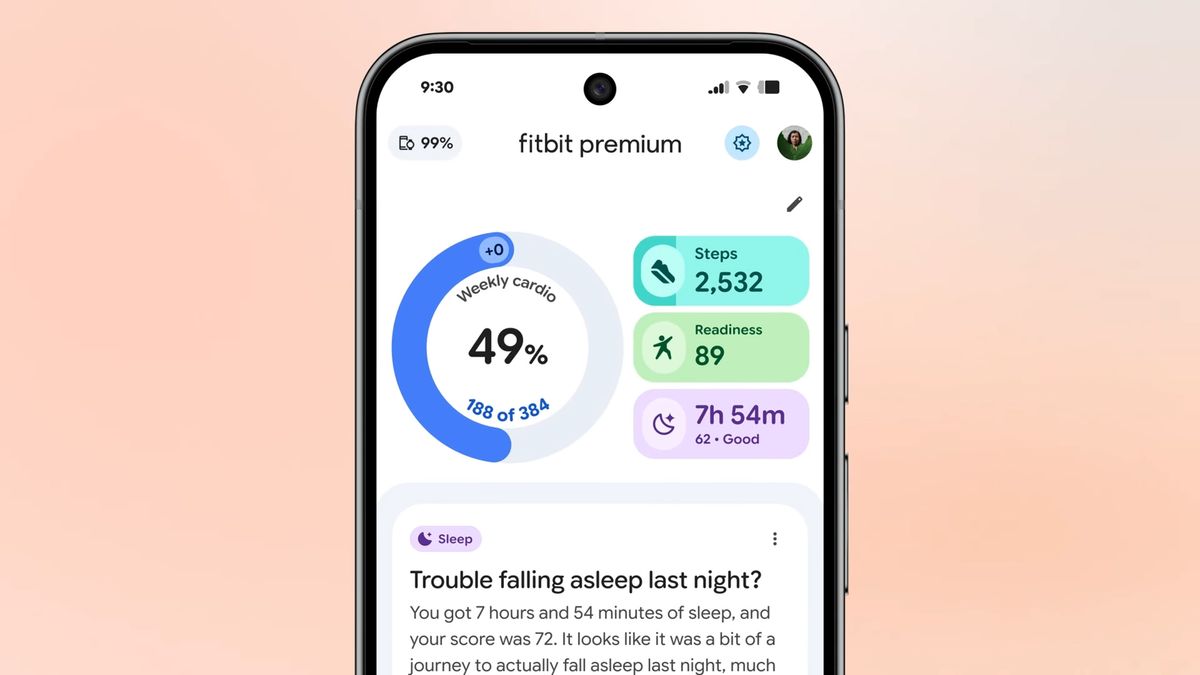Self-regulation breakdown
National Advertising Division said AT&T ad and press release broke program rule.
Credit: Getty Images | AaronP/Bauer-Griffin
AT&T yesterday sued the advertising industry’s official watchdog over the group’s demand that AT&T stop using its rulings for advertising and promotional purposes.
As previously reported, BBB National Programs’ National Advertising Division (NAD) found that AT&T violated a rule “by issuing a video advertisement and press release that use the NAD process and its findings for promotional purposes,” and sent a cease-and-desist letter to the carrier. The NAD operates the US advertising industry’s system of self-regulation, which is designed to handle complaints that advertisers file against each other and minimize government regulation of false and misleading claims.
While it’s clear that both AT&T and T-Mobile have a history of misleading ad campaigns, AT&T portrays itself as a paragon of honesty in new ads calling T-Mobile “the master of breaking promises.” An AT&T press release about the ad campaign said the NAD “asked T-Mobile to correct their marketing claims 16 times over the last four years,” and an AT&T commercial said T-Mobile has faced more challenges for deceptive ads from competitors than all other telecom providers in that time.
While the NAD describes AT&T’s actions as a clear-cut violation of rules that advertisers agree to in the self-regulatory process, AT&T disputed the accusation in a lawsuit filed in US District Court for the Northern District of Texas. “We stand by our campaign to shine a light on deceptive advertising from our competitors and oppose demands to silence the truth,” AT&T said in a press release.
AT&T’s lawsuit asked the court for a declaration, stating “that it has not violated NAD’s procedures” and that “NAD has no legal basis to enforce its demand for censorship.” The lawsuit complained that AT&T hasn’t been able to run its advertisements widely because “NAD’s inflammatory and baseless accusations have now intimidated multiple TV networks into pulling AT&T’s advertisement.”
AT&T claims rule no longer applies
AT&T’s claim that it didn’t violate an NAD rule hinges partly on when its press release was issued. The carrier claims the rule against referencing NAD decisions only applies for a short period of time after each NAD ruling.
“NAD now takes the remarkable position that any former participant in an NAD proceeding is forever barred from truthfully referencing NAD’s own public findings about a competitor’s deceptive advertising,” AT&T said. The lawsuit argued that “if NAD’s procedures were ever binding on AT&T, their binding effect ceased at the conclusion of the proceeding or a reasonable time thereafter.”
AT&T also slammed the NAD for failing to rein in T-Mobile’s deceptive ads. The group’s slow process let T-Mobile air deceptive advertisements without meaningful consequences, and the “NAD has repeatedly failed to refer continued violations to the FTC,” AT&T said.
“Over the past several years, NAD has repeatedly deemed T-Mobile’s ads to be misleading, false, or unsubstantiated,” AT&T said. “But over and over, T-Mobile has gamed the system to avoid timely redressing its behavior. NAD’s process is often slow, and T-Mobile knows it can make that process even slower by asking for extensions and delaying fixes.”
We’ve reported extensively on both carriers’ history of misleading advertisements over the years. That includes T-Mobile promising never to raise prices on certain plans and then raising them anyway. AT&T used to advertise 4G LTE service as “5GE,” and was rebuked for an ad that falsely claimed the carrier was already offering cellular coverage from space. AT&T and T-Mobile have both gotten in trouble for misleading promises of unlimited data.
AT&T says vague ad didn’t violate rule
AT&T’s lawsuit alleged that the NAD press release “intentionally impl[ied] that AT&T mischaracterized NAD’s prior decisions about T-Mobile’s deceptive advertising.” However, the NAD’s public stance is that AT&T violated the rule by using NAD decisions for promotional purposes, not by mischaracterizing the decisions.
NAD procedures state that companies participating in the system agree “not to mischaracterize any decision, abstract, or press release issued or use and/or disseminate such decision, abstract or press release for advertising and/or promotional purposes.” The NAD announcement didn’t make any specific allegations of AT&T mischaracterizing its decisions but said that AT&T violated the rules “by issuing a video advertisement and press release that use the NAD process and its findings for promotional purposes.”
The NAD said AT&T committed a “direct violation” of the rules by running an ad and issuing a press release “making representations regarding the alleged results of a competitor’s participation in BBB National Program’s advertising industry self-regulatory process.” The “alleged results” phrase may be why AT&T is claiming the NAD accused it of mischaracterizing decisions. There could also be more specific allegations in the cease-and-desist letter, which wasn’t made public.
AT&T claims its TV ads about T-Mobile don’t violate the rule because they only refer to “challenges” to T-Mobile advertising and “do not reference any decision, abstract, or press release.”
AT&T quibbles over rule meaning
AT&T further argues that a press release can’t violate the prohibition against using NAD decisions “for advertising and/or promotional purposes.” While press releases are clearly promotional in nature, AT&T says that part of the NAD rules doesn’t apply to press releases issued by advertisers like itself. Specifically, AT&T said that “the permissibility of press releases is not governed by Section 2.1(I)(2)(b), which applies to uses ‘for advertising and/or promotional purposes.'”
But the NAD procedures also bar participants in the process from issuing certain kinds of press releases. AT&T describes the rule about press releases as being in a different section than the rule about advertising and promotional purposes, but it’s actually all part of the same sentence. The rule says, “By participating in an NAD or NARB proceeding, the parties agree: (a) not to issue a press release regarding any decisions issued; and/or (b) not to mischaracterize any decision, abstract or press release issued or use and/or disseminate such decision, abstract or press release for advertising and/or promotional purposes.”
AT&T argues that the rule only bars press releases at the time of each NAD decision. The rule’s “meaning is clear in context: When NAD or NARB [National Advertising Review Board] issues a decision, no party is allowed to issue a press release to announce that decision,” AT&T said. “Instead, NAD issues its own press release to announce the decision. AT&T did not issue a press release to announce any decision, and indeed its advertisements (and press release announcing its advertising campaign) do not mention any particular NAD decision. In fact, AT&T’s press release does not use the word ‘decision’ at all.”
AT&T said that because it only made a short reference to NAD decisions, “AT&T’s press release about its new advertising campaign is therefore not a press release about an NAD decision as contemplated by Section 2.1(I)(2)(a).” AT&T also said it’s not a violation because the press release simply stated the number of rulings against T-Mobile and did not specifically cite any of those 16 decisions.
“AT&T’s press release does not include, attach, copy, or even cite any specific decision, abstract, or press release either in part or in whole,” AT&T’s lawsuit said. AT&T further said the NAD rule doesn’t apply to any proceeding AT&T wasn’t involved in, and that “AT&T did not initiate several of the proceedings against T-Mobile included in the one-sentence reference.”
We contacted the NAD about AT&T’s lawsuit but the group declined to comment.










 English (US) ·
English (US) ·